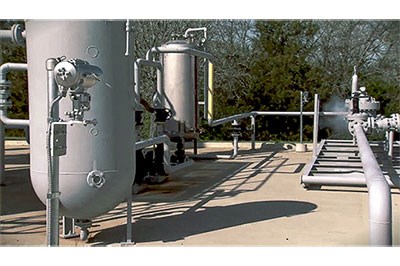Emerson has introduced two new open-path gas detectors to increase safety and reduce downtime by offering performance reliability over wide areas in extreme environments and an easier, faster installation and commissioning process.
Extreme environments include both heavy vibration conditions and operating temperatures ranging from -55C (-67F) up to 65C (149F) degrees commonly found in the oil and gas, refining, chemical, mining, and large-scale refrigeration system operations.
The Rosemount™ 935 Open Path Combustible Gas Detector uses infrared technology to detect a wide range of highly combustible hydrocarbon gases including, methane, propane, and ethylene. In the oil and gas industry alone, 22% of all fatalities come from explosions (combustion or fire) and exposure to hazardous gases, according to the latest statistics from the CDC’s National Institute for Occupational Safety and Health.
The Rosemount™ 936 Open Path Toxic Gas Detector uses ultraviolet technology to detect hydrogen sulfide and ammonia, two of the most common toxic gases in industrial facilities. The U.S. Occupational Safety and Health Administration considers hydrogen sulfide immediately dangerous to life and health at 100 ppm. Ammonia irritates skin, eyes, nose, and the respiratory tract at 130 ppm. Both gases are fatal after exposure at certain levels.
Leveraging xenon flash technology, the Rosemount 936 enables greater installation flexibility versus the tunable diode laser (TDL) technology which needs perfect alignment between beam and receiver for high reliability. With nearly twice the tolerance for misalignment than TDL, users can save up to 30% of installation time and streamline project schedules.


